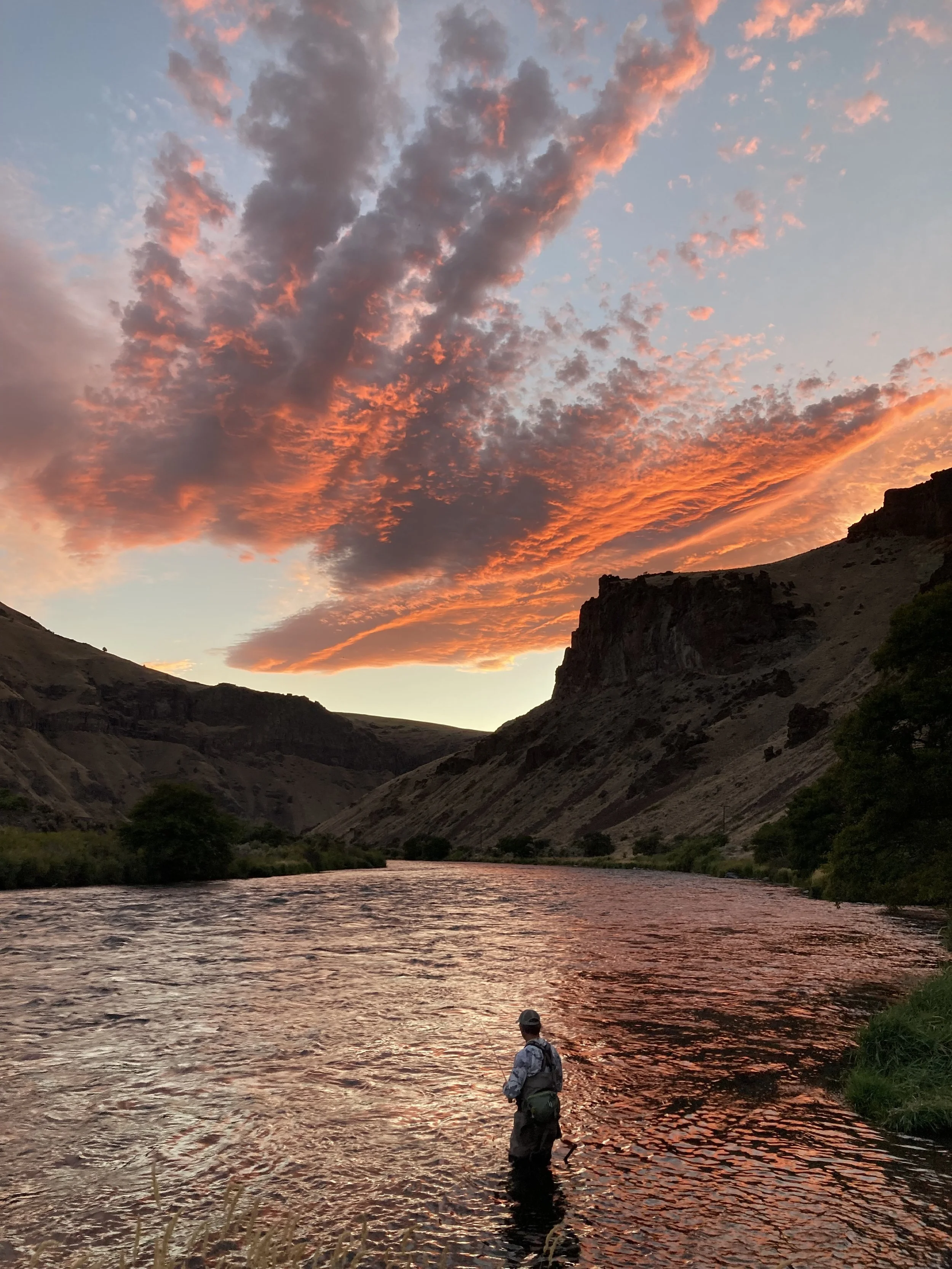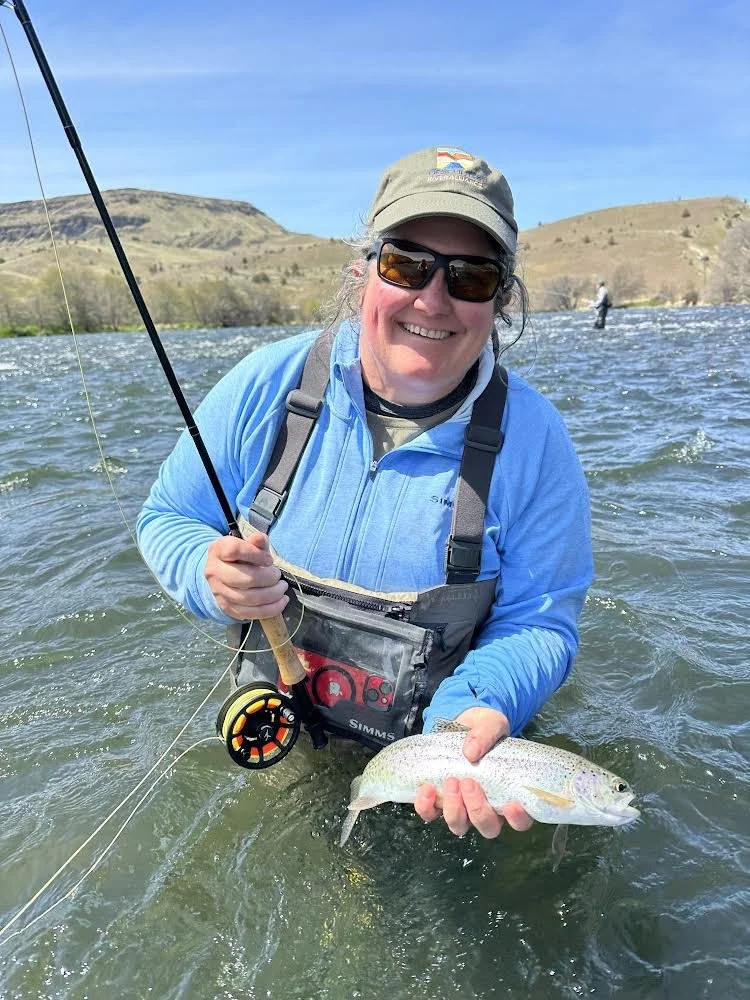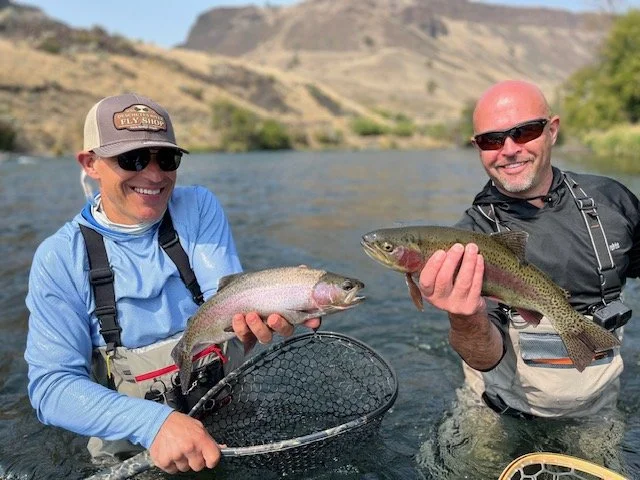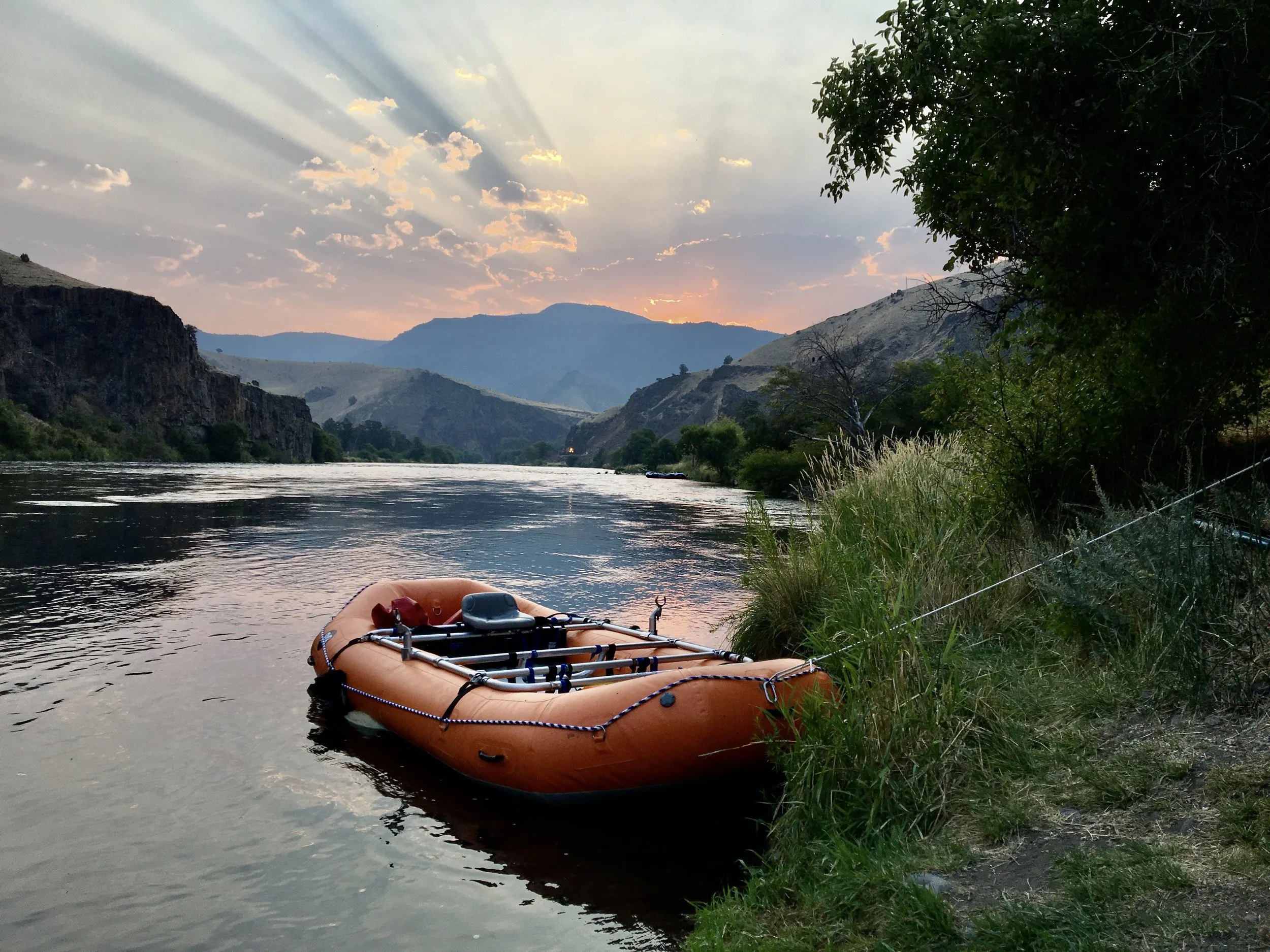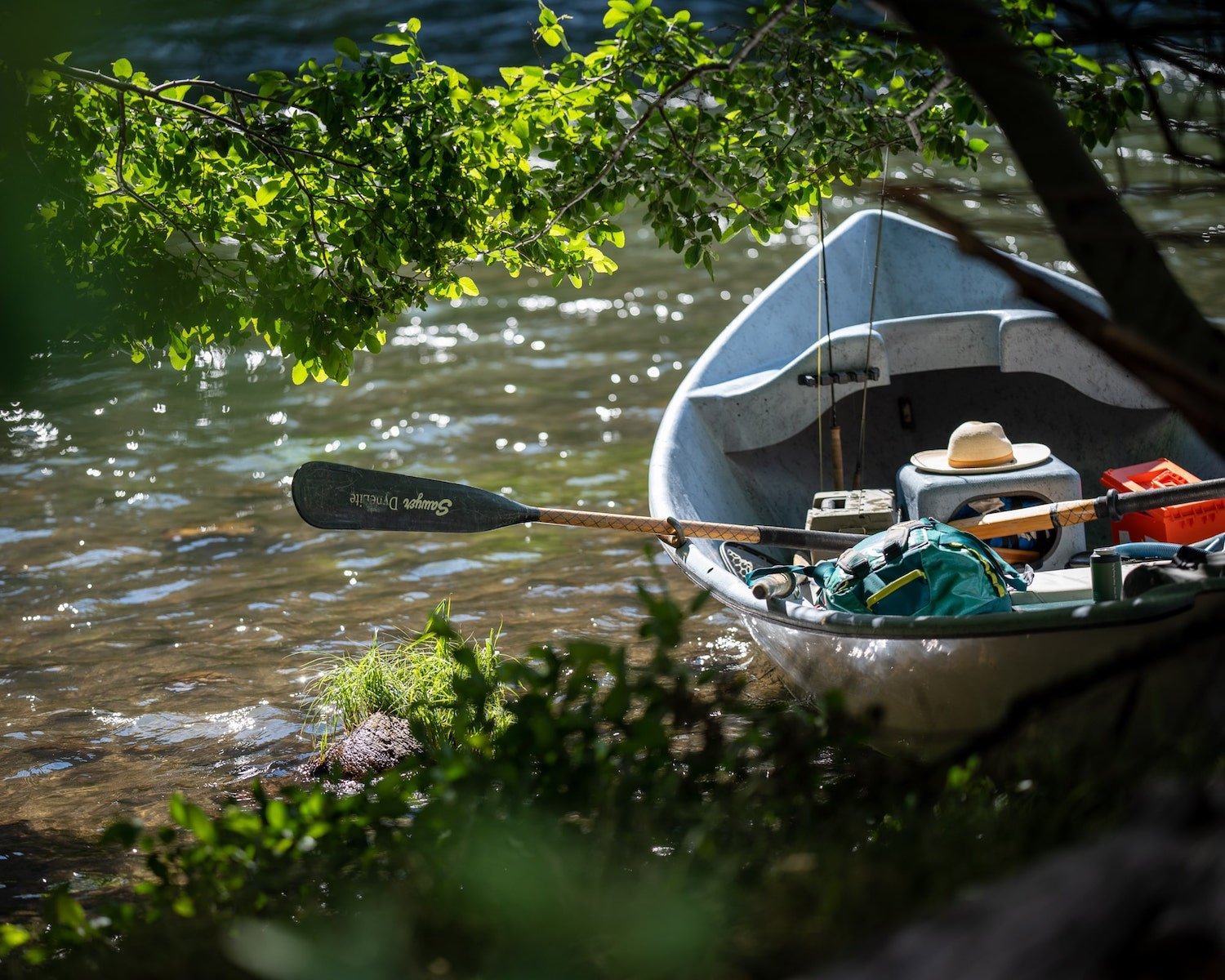Higher Rates and Dirtier Water
PGE’s Selective Water Withdrawal Tower: Promises Broken & Decline in River Health
“It is understood that water quality takes precedence over all other issues so that operations in the future will be conducted to ensure that water quality compliance is obtained.”
-PGE statement, from minutes taken at a 2005 meeting of the Fish Committee
January 2024 will mark the 14th anniversary of the christening of Portland General Electric’s Selective Water Withdrawal (SWW) Tower. It’s worth a look back at the stark difference between what PGE promised, and what was delivered. In 1999, at Edwards Dam on the Kennebec River, the Clinton-era Federal Energy Regulatory Commission (FERC) denied that dam’s owners a permit. This had never happened before, and it sent shockwaves throughout the hydropower industry. License applications, FERC had signaled, would now have to meet a host of safety and environmental standards that had passed into law over the previous 30 years. After 45 years of failing to provide fish passage at its Pelton-Round Butte project, PGE was going to have to do just that. The solution was the SWW Tower.
Selective Water Withdrawal Tower: Cost-Cutting, Environmental Fallout
When PGE gained approval for the design of the SWW Tower in 2004, it almost immediately petitioned FERC for an amended license. The company’s rationale: the plan FERC had approved was too expensive. The original plan, with a price tag of almost $90 million, proposed a two-phase process in which the SWW Tower would be evaluated for its effectiveness as a fish passage system as well as its effect on water quality. But PGE, coming off the financial debacle of being bought and sold by the criminal energy enterprise known as Enron, sought a newly designed but not improved SWW Tower, at a reduced cost of $62 million.
The minutes from a series of meetings of the Fish Committee in 2005 reflect the persistent concerns of agency Fish Committee members from DEQ, the U.S. Fish and Wildlife Service, and ODFW. But the cost-cutting prevailed. The two-phase plan was jettisoned, and along with it, safeguards that would have given PGE a chance to keep its promises.
PGE's 14-Year Selective Water Withdrawal Tower Debacle
After an initial attempt to install the cheaper tower met with failure (the tower collapsed into the forebay of Lake Billy Chinook) the discount design was successfully adapted, built, and switched on in early 2010. Water quality violations ensued immediately. For reasons PGE will not reveal, it does not seem to possess either the technological expertise or the inclination to stop breaking state water quality standards. The result is 14 years of declining river health.
PGE's Rate Hike and Regulatory Manipulation
Fast forward to January 2024: PGE will hit customers with a 17% rate increase next month. Residential customers can expect to pay, on average, an extra $20 a month to keep the lights on and the heat cranking. Commercial and industrial customers will take their lumps too, absorbing 15.9% and 11% rate increases, respectively. What’s both disturbing and disingenuous is that PGE is withholding key details of the rate hike. Utility watchdogs are on guard for the final details, and some believe that the total increase for residential customers could well wind up somewhere north of 20 percent.
The utility industry is one of a kind, because regulation takes the place of competition. Utilities are regulated monopolies. You don’t get to choose your electricity provider. The trade-off, in theory anyway, is that a utility commission, in PGE’s case, the Oregon Public Utilities Commission, sets prices that allow power providers to cover their costs and make a “reasonable” profit.
To tie this narrative thread together with what’s happening on the Deschutes, if you’re a PGE customer, and you don’t like the ecological mess caused by the company’s SWW Tower, you should like it even less for the fact that you’re helping PGE pay for it. Not with your monthly bill–that isn’t the way PGE makes a profit. Revenue from ratepayers goes to pay off capital projects. So the rates that the OPUC sets don’t just cover PGE’s cost of delivering electricity to your home. It accounts for money PGE borrows to build out infrastructure for power generation and distribution. And it also provides a perverse incentive to build more expensive–not always more efficient or practical–types of infrastructure. That’s because the more money a project costs, the more “reasonable” profit can be squeezed from it. Quick hypothetical example: a gas-fired cogeneration facility that costs $500 million, with a “reasonable” profit of six percent, yields PGE’s shareholders a $30 million windfall.
Regulation, Profit, and PGE's Electricity Monopoly
Despite strict regulation, PGE has proven it will give in to the impulse to maximize profit through what appears to be heedless risk-taking. In the summer of 2020, the company somehow managed to lose $127 million in a single day, speculating in Western energy markets. PGE’s CEO, Maria Pope, and its chief financial officer, Jim Lobdell, had signed numerous statements that the company’s energy trading was limited to activities to balance its supply of power, and it did not engage in speculative trading for profit.
For recklessly losing the equivalent of a third of PGE’s annual profits in one day, shareholders sued PGE, and the case was settled for $6.5 million last March. Coincidentally, the $133.5 million evaporated from the plus side of PGE’s ledgers roughly equals what has been spent on the Selective Withdrawal Tower over the past 15 years.
Insight into one’s adversaries is vital. For PGE, boundless ambition in profit-seeking appears to trump its penny-wise but pound foolish approach to fulfilling the conditions of its federal license as well as its obligations under the Clean Water Act. And Oregon’s largest power provider, while supposedly operating under strict fiscal regulation, is apparently free to routinely violate environmental regulation on the Deschutes River.
More From The Blog
Subscribe the the DRA Newsletter
The Deschutes River Alliance is your focused voice to protect the lower Deschutes River, its cold water flows and the fish and wildlife that are sustained by them. We send regular emails with important data and news about the lower Deschutes River. We will not sell or loan your contact information to others.
How to Support the DRA
Everyone wants clean, healthy water in the Deschutes River. Oregonians cherish our clean and healthy waterways to provide drinking water, wildlife habitat and recreational activities. The lower Deschutes River is a federally designated Wild & Scenic River, and a national treasure. It must be protected for the environmental and economic health of Central Oregon. We believe by working together we can return the lower Deschutes River to full health.


